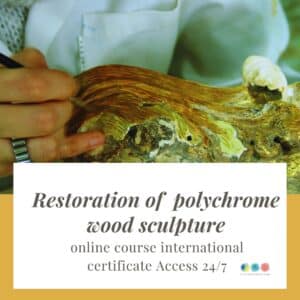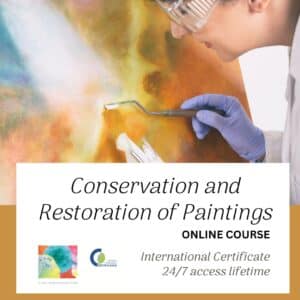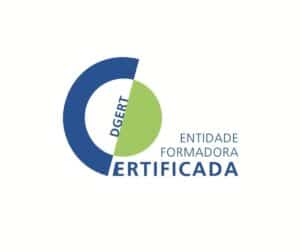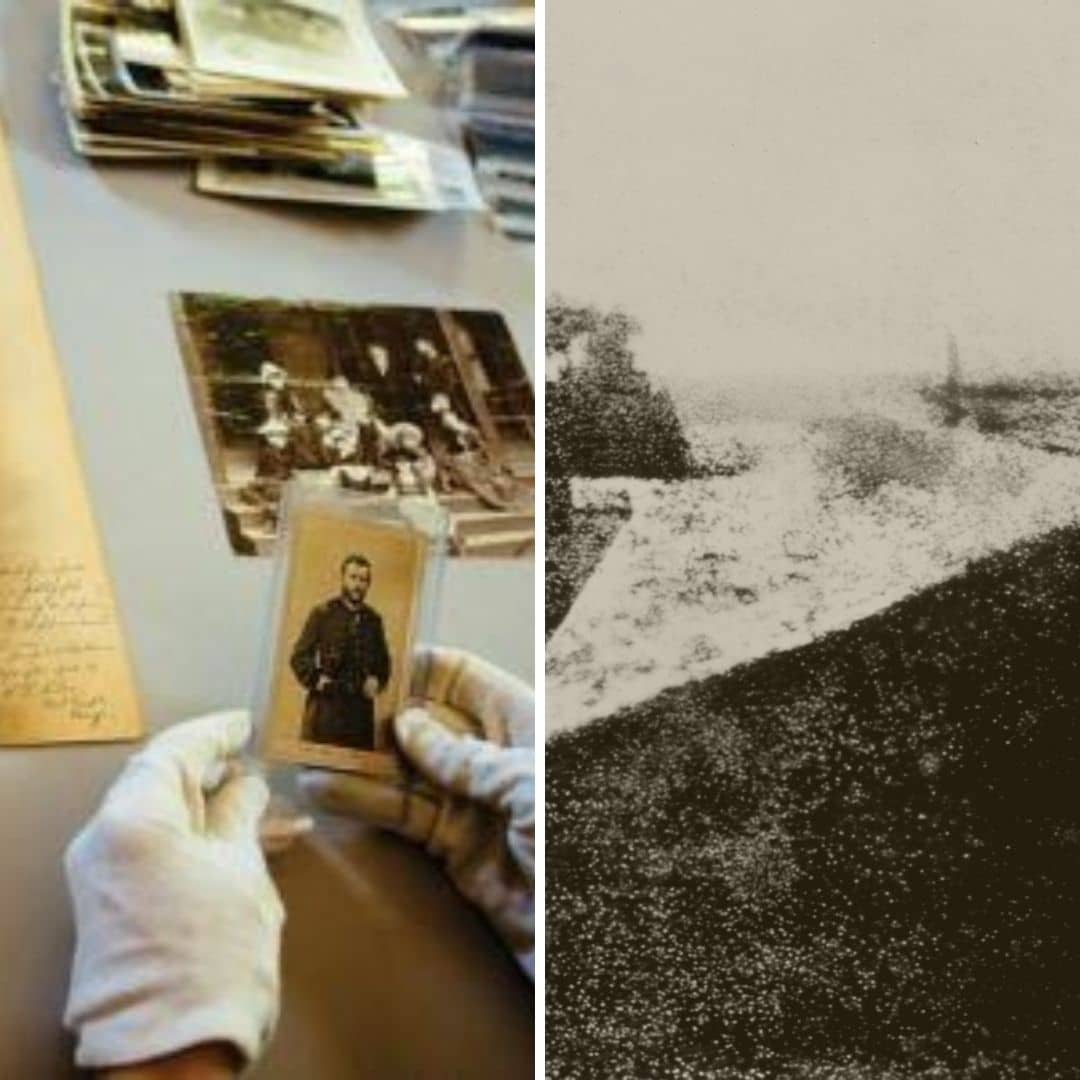The Art Restoration course package includes:
- the online course in Conservation and Restoration of Gilded and Polychrome Wood Sculpture.
- the online course in Conservation and Restoration of Painting on Canvas.
Art Restoration and Conservation courses
In these online conservation and art restoration courses you will learn about intervention methods and procedures, exemplified with case studies and good practices for preserving artworks.
An active method is used, illustrated with images and video tutorials of the various stages of intervention.


Who shoulde take this art restoration courses
Anyone who keeps artworks of sculpture or painting (museums, churches, antique shops, private individuals, etc).
Those working in conservation and restoration who want to systematize their knowledge and exchange ideas in this area.
To anyone interested in art restoration field.
This course package also includes the course Fundamentals of Chemistry for Conservation. You will save 45% with bundle
Language: English
Also available in Português
The price of each conservation and art restoration course includes unlimited 24-hour access to:
- Lessons for each topic in the program.
- Downloadable documents and manuals.
- Tutorial and explanatory videos.
- Charts and tables.
- Evaluation (1 final quiz per course).
- Certificate (1 certificate per course).
Objectives
This package of two art restoration courses was created with the aim of providing participants with conservation and restoration methods and techniques applicable to two types of artwork which, although using different materials, often appear together.
Who should take these 2 online courses: Art Restoration
They are particularly suitable for:
Historians, art historians and students and teachers in these areas.
Conservators, restorers and students in the field.
Curators, artists, museologists, gallery owners.
Teachers, cultural agents, etc.
There are no entry requirements.
Certificate
How it works
Conservation and Restoration Techniques – Polychrome Wood Sculpture
1 – Conservation – Concepts and ethical principles
1.1 – Concept of conservation
- Preventive conservation
- Remedial conservation
- Restoration
1.2 – Process of intervention
- Analysis and survey of the state of conservation
- Formulation of the conservation and restoration intervention project
- Registration
1.3 – Key intervention principles
2 – Preventive Conservation
- Goals and benefits
- Good practice guide for the preservation of works of art
3- Support and Decoration
3.1 – Wood as a support
- Characteristics of wood
- Cutting and assembly
- Carving
3.2 – Polychromy and decoration
- Preparation
- Decorative techniques
4 – Conservation and restoration techniques
4.1 – Criteria and principles of intervention
4.2 – Previous procedures
- Characterization
- Analysis and diagnosis
4.3 – Intervention methodology
- Support treatment
- Treatment of surface layers
- Pre-fixing and fixing
- Consolidation
- Cleaning
- Filling gaps
- Chromatic reintegration
5 – Case studies
Restoration and conservation of paintings
PART 1 – CONCEPTS AND PRINCIPLES OF CONSERVATION AND RESTORATION
LESSON 1 – Concepts and principles of restoration and conservation of paintings
LESSON 2 – PREVENTIVE CONSERVATION
PART 2 – BEFORE THE INTERVENTION WE NEED TO UNDERSTAND
LESSON 3 – UNDERSTANDING AND CHARACTERIZING A PAINTING
LESSON 4 – STRUCTURE OF A PAINTING – SUPPORT
LESSON 5 – STRUCTURE OF A PAINTING
PART 3 – DEGRADATION FACTORS AND PATHOLOGIES
LESSON 6 – FACTORS OF DEGRADATION
LESSON 7 – MOST FREQUENT PATHOLOGIES
LESSON 7.1. OBSERVATION OF PATHOLOGIES
PART 4 – METHODOLOGY OF INTERVENTION IN RESTORATION AND CONSERVATION OF PAINTINGS
LESSON 8 – CONSERVATION AND RESTORATION – METHODOLOGY OF INTERVENTION
LESSON 9 – PRE-FIXING, UNFRAME AND CONSOLIDATION
LESSON 10 – FACING
LESSON 11 – TREATMENT OF THE BACK
LESSON 12- REMOVAL OF FACING AND CLEANING
LESSON 12.1. – ALTERNATIVE CLEANING PRODUCTS
LESSON 13 – GAP FILLING AND REINTEGRATION
LESSON 14 – PROTECTION AND RE-STRETCHING
CASE STUDIES AND SUPPORTING MATERIAL
Each case on conservation of paintigs is different and needs to be carefully analyzed in order to take the most appropriate conservative options.
In this section you can look at different case studies and understand the associated issues.
There is also documentation for further study of the topics covered in the course.




